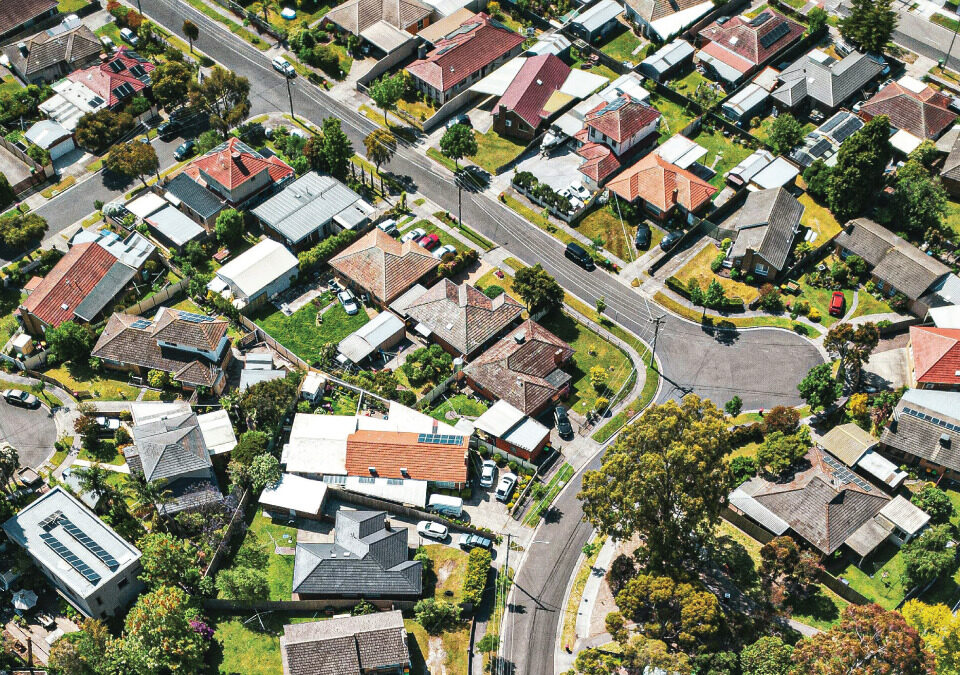- ENQUIRE ONLINE OR CALL US
- 08 8451 1500
Please help support this great cause…
The NEW Smarter Finance & Wealth Creation Guide is here…
At its meeting today, the RBA Board decided to leave the cash rate unchanged at 1.50 per cent.
Statement by RBA’s Philip Lowe:
Conditions in the global economy are continuing to improve. Labour markets have tightened further and above-trend growth is expected in a number of advanced economies, although uncertainties remain. Growth in the Chinese economy is being supported by increased spending on infrastructure and property construction, with the high level of debt continuing to present a medium-term risk. Commodity prices have risen recently, although Australia’s terms of trade are still expected to decline over coming years.
Wage growth remains low in most countries, as does core inflation. Headline inflation rates have declined recently, largely reflecting the earlier decline in oil prices. In the United States, the Federal Reserve expects to increase interest rates further and there is no longer an expectation of additional monetary easing in other major economies. Financial markets have been functioning effectively and volatility remains low.
The recent data have been consistent with the Bank’s expectation that growth in the Australian economy will gradually pick up over the coming year. The decline in mining investment will soon run its course. The outlook for non-mining investment has improved recently and reported business conditions are at a high level. Residential construction activity remains at a high level, but little further growth is expected. Retail sales have picked up recently, although slow growth in real wages and high levels of household debt are likely to constrain future growth in spending.
Employment growth has been stronger over recent months and has increased in all states. The various forward-looking indicators point to solid growth in employment over the period ahead. The unemployment rate is expected to decline a little over the next couple of years.
Wage growth remains low. This is likely to continue for a while yet, although stronger conditions in the labour market should see some lift in wages growth over time. Inflation also remains low and is expected to pick up gradually as the economy strengthens.
The Australian dollar has appreciated over recent months, partly reflecting a lower US dollar. The higher exchange rate is expected to contribute to the subdued price pressures in the economy. It is also weighing on the outlook for output and employment. An appreciating exchange rate would be expected to result in a slower pick-up in economic activity and inflation than currently forecast.
Conditions in the housing market continue to vary considerably around the country. Housing prices have been rising briskly in some markets, although there are signs that conditions are easing, especially in Sydney. In some other markets, prices are declining. In the eastern capital cities, a considerable additional supply of apartments is scheduled to come on stream over the next couple of years. Rent increases remain low in most cities. Investors in residential property are facing higher interest rates. There has also been some tightening of credit conditions following supervisory measures to address the risks associated with high and rising levels of household indebtedness. Growth in housing debt has been outpacing the slow growth in household incomes.
The low level of interest rates is continuing to support the Australian economy. Taking account of the available information, the Board judged that holding the stance of monetary policy unchanged at this meeting would be consistent with sustainable growth in the economy and achieving the inflation target over time.
Need help with your finances or want to discuss your how interest rate changes could affect your situation? We’re as close as your phone – call 08 8451 1500
Sam, Matt & Andy
Urbantech Group
>> See all of our best home loan rates here + a lot more…


